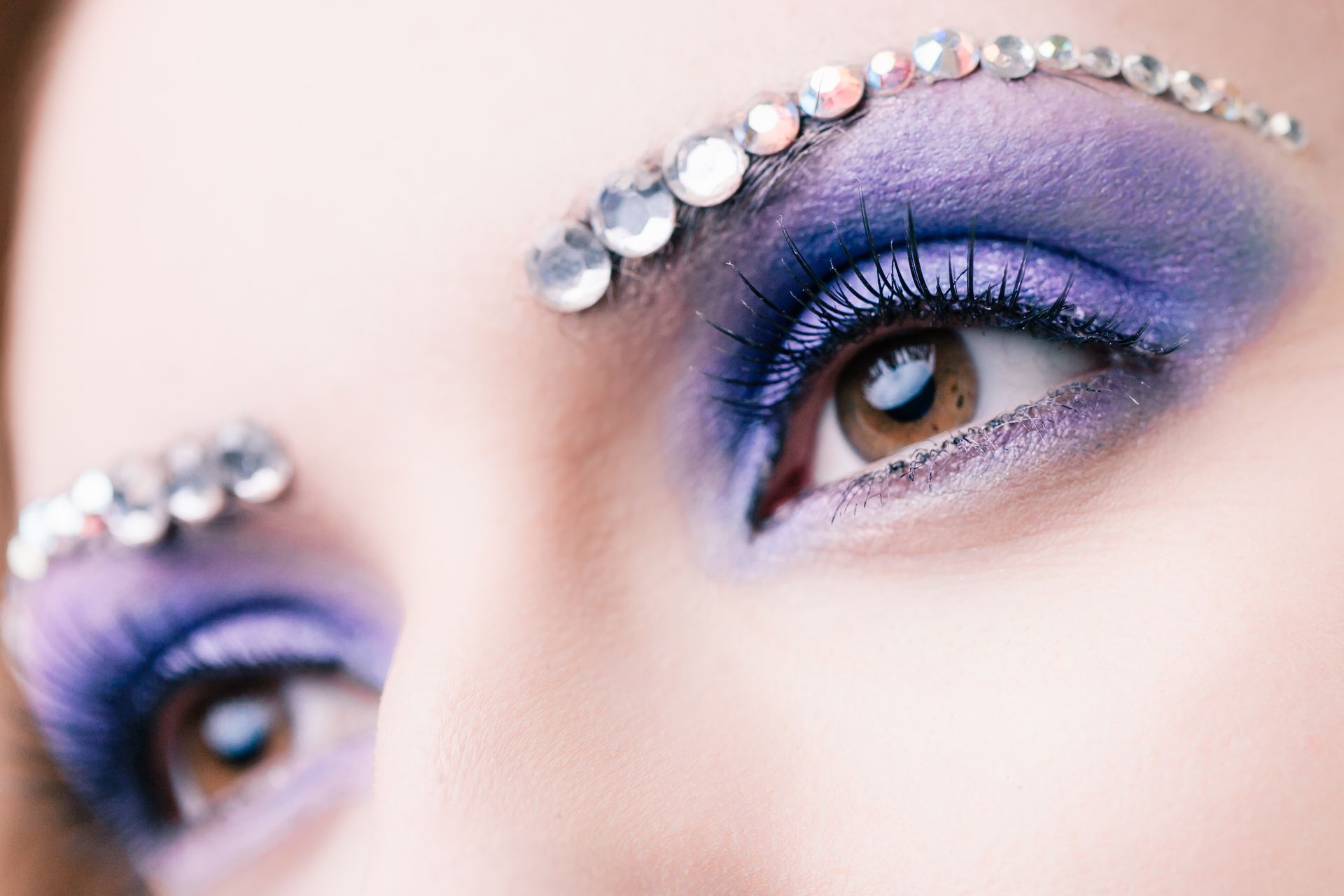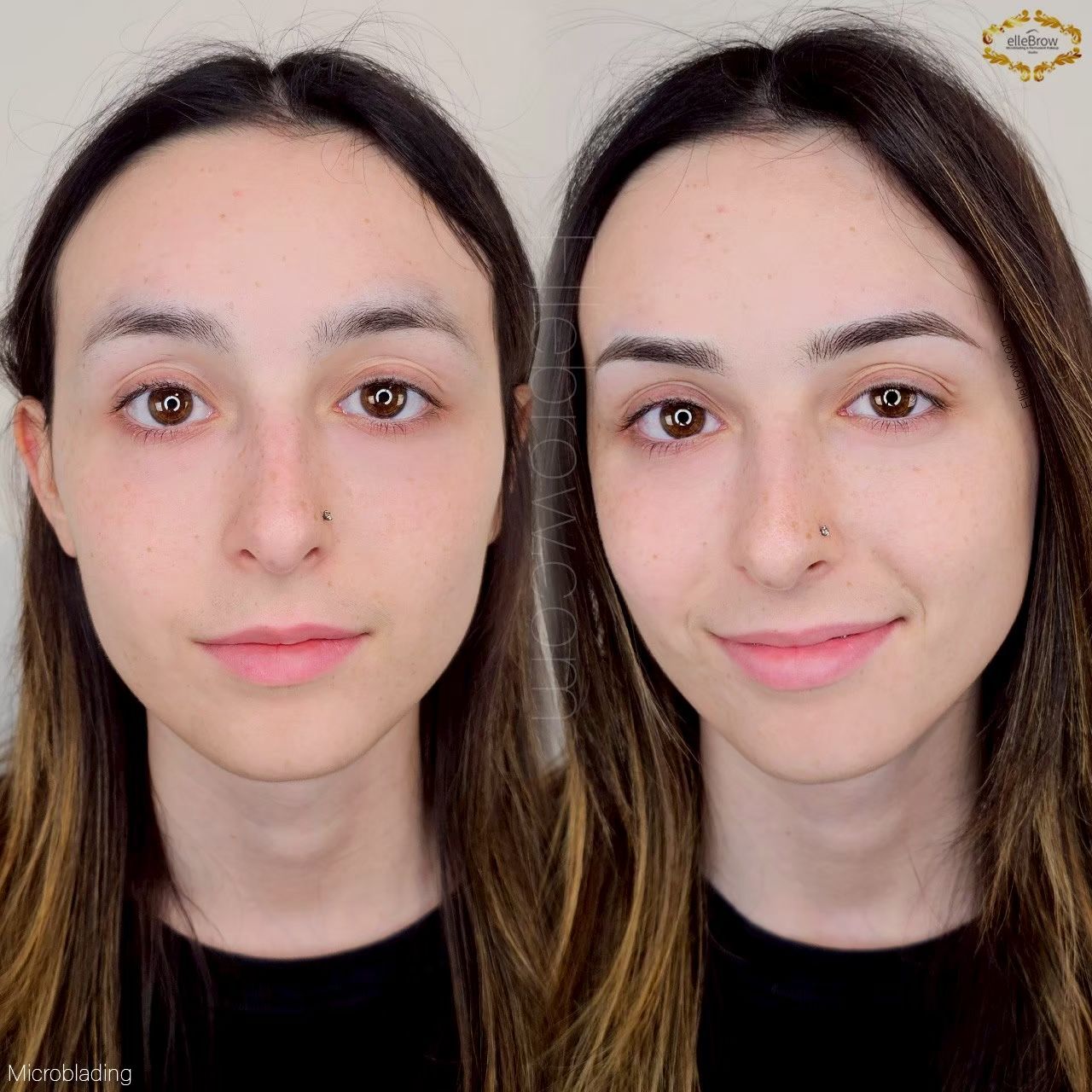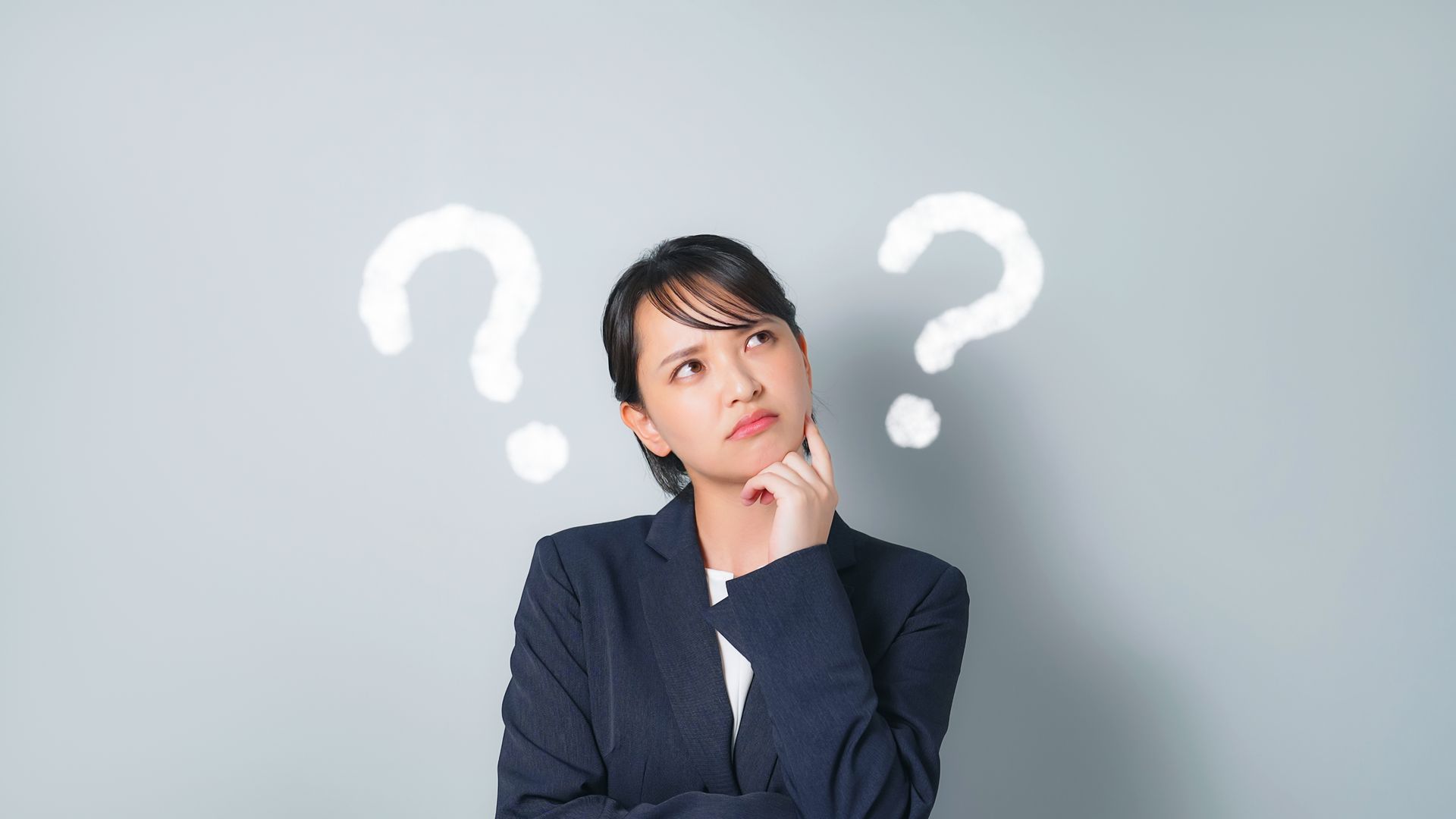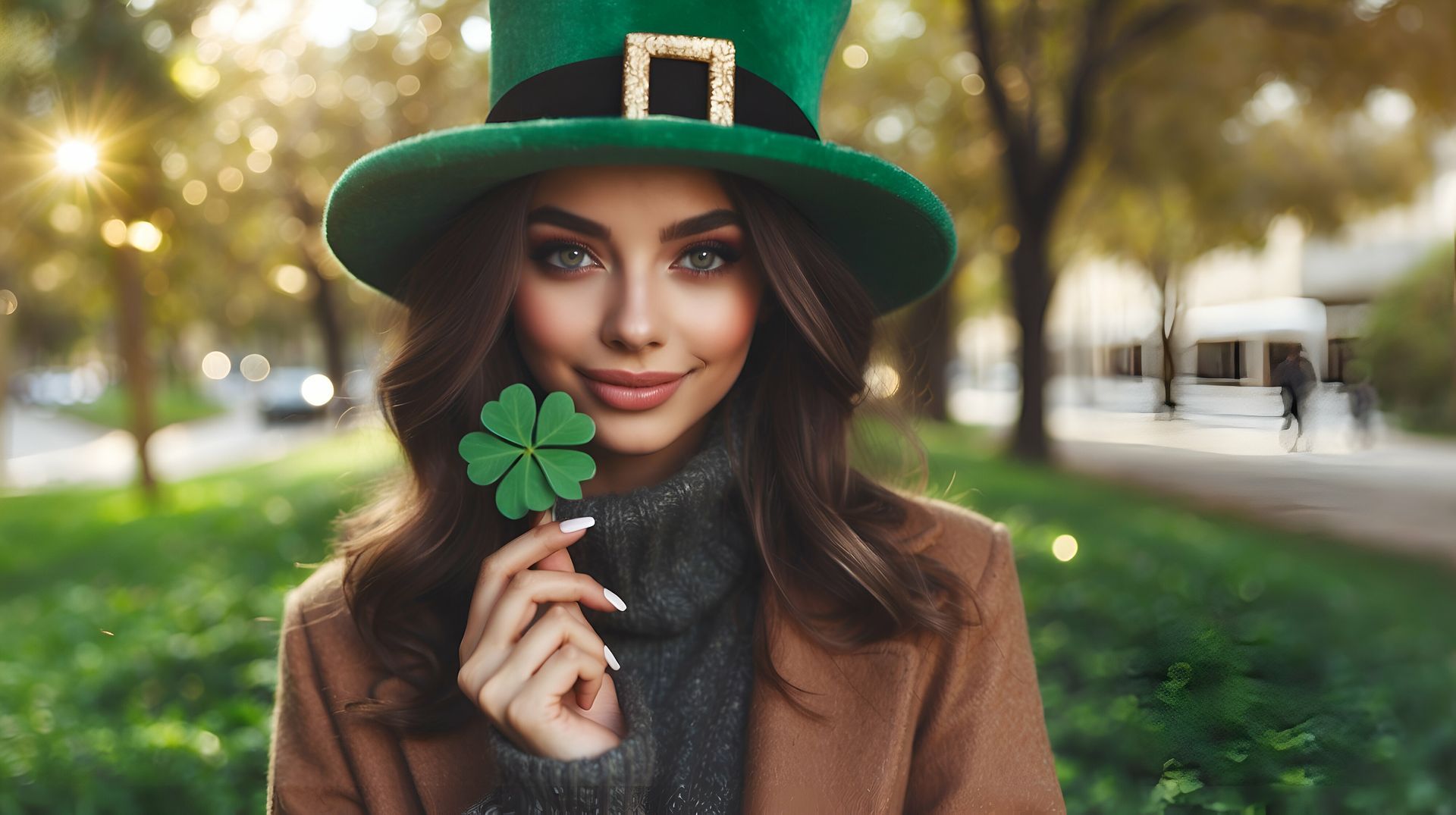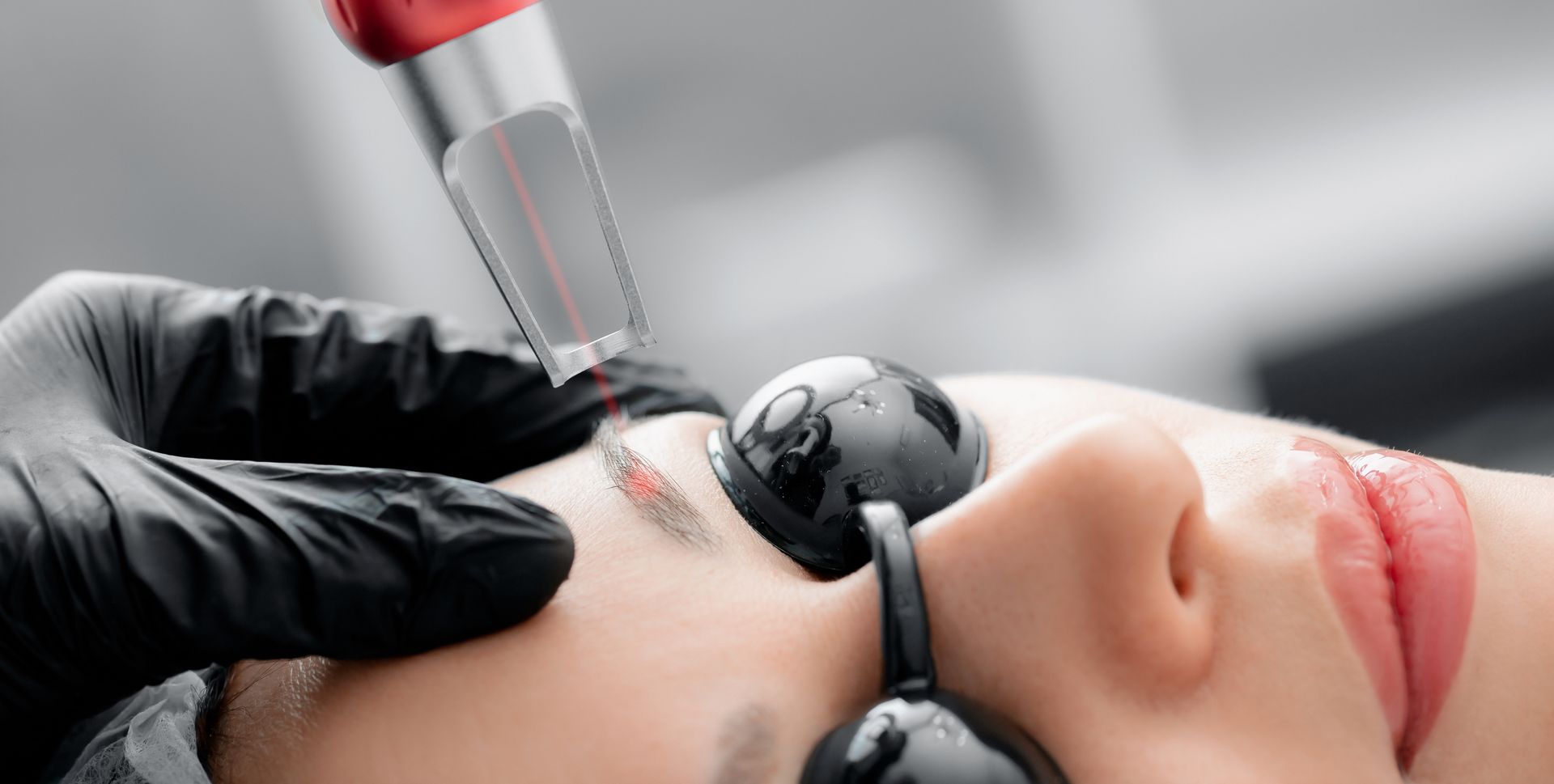Cancer-Causing Chemicals in Your Shampoo? Here’s What This New Study Found
Breaking News — May 8 2025: A new study published in Environmental Science & Technology Letters sampled the weekly beauty routines of 64 Black and Latina women in Los Angeles. More than 53 % of the products they logged — from shampoos and body lotions to eyelash glue — contained formaldehyde or formaldehyde-releasing preservatives (FRPs).
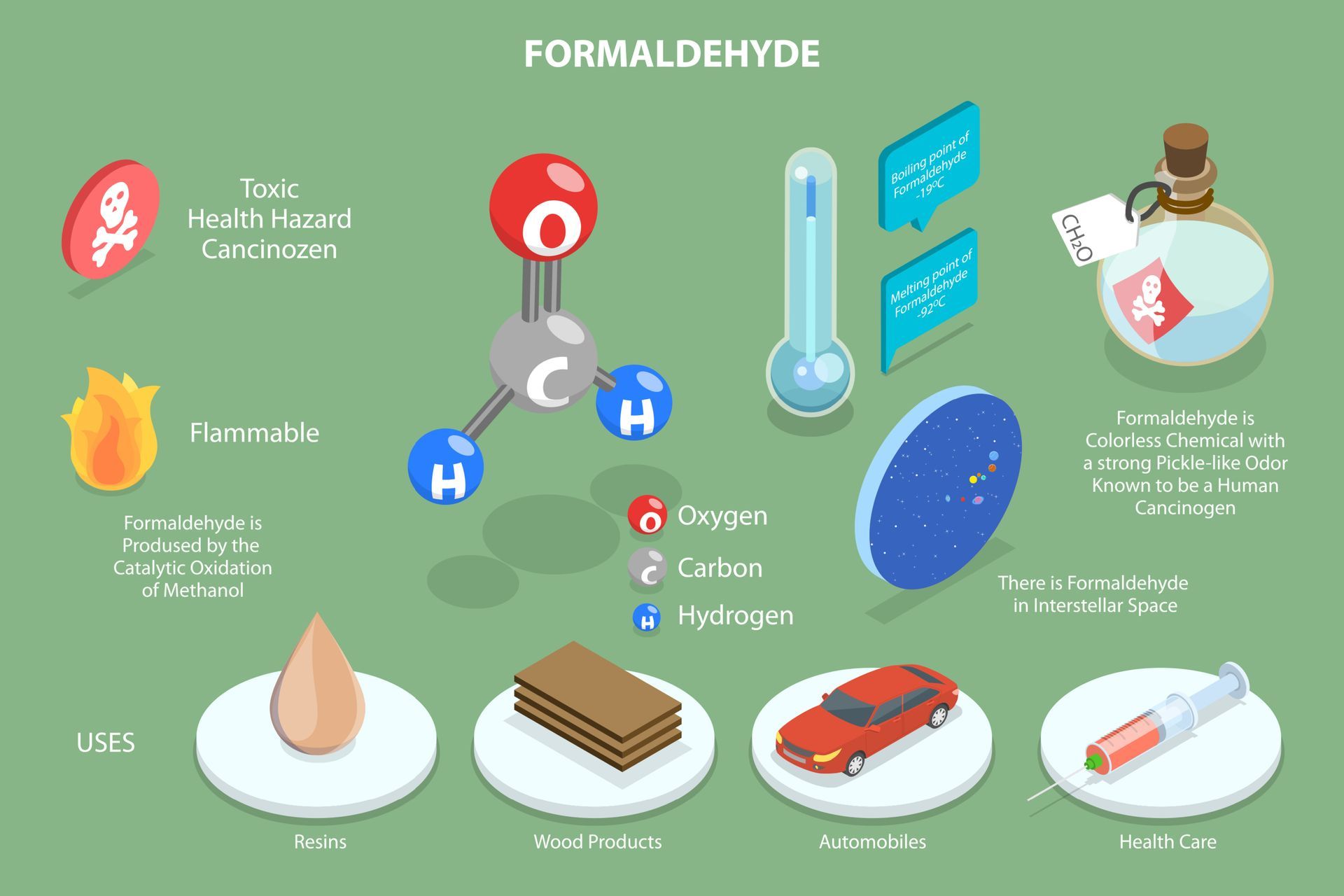
Why does it matter? Formaldehyde is a known human carcinogen and has been banned from European cosmetics since 2009, yet it remains legal in the U.S. Repeated, low-level exposure can build up over time, raising risks for cancers as well as skin and respiratory irritation.
Key Numbers at a Glance
- 47 % of skincare and 58 % of hair-care items in the study carried FRPs.
- Participants used an average of 17 different products a day — one woman logged 43!
- Common “hidden” ingredient names: DMDM hydantoin, imidazolidinyl urea, quaternium-15.
“We shouldn’t have to be chemists to stay healthy.” — Janette Robinson Flint, study co-author
Disproportionate Impact on Women of Color
The researchers focused on Black and Latina communities because previous investigations found higher formaldehyde exposures linked to hair-straightening products and colorism-driven beauty standards. Social pressure to conform to Eurocentric hair norms means systemic racism literally shows up on the ingredient label.
What This Means for Your Brow or PMU After-Care
Freshly microbladed skin is especially vulnerable to irritants. Formaldehyde-releasing cleansers or lotions can:
- Prolong redness or swelling
- Interfere with pigment retention
- Increase overall toxic burden during healing
Good news: Safe swaps exist. We keep every Ellebrow after-care kit formaldehyde-free, and our studio carries vetted products you can trust.
If you care about hidden toxins, check your SPF too.
Next Step → Dive Deeper
Feeling overwhelmed by label lingo? → Read our in-depth guide to spotting formaldehyde and choosing safer products
Is formaldehyde always listed by name?
No. Most products hide it behind longer chemical names (see list above). That’s why the new guide includes a printable cheat sheet for your next shopping trip.
Share!


